Bruce Lee is a legendary martial arts actor and cultural icon who left a legacy in the Hong Kong movie industry. You cannot fail to notice this movie star in movies such as "The Big Boss" and "Way of the Dragon." With his unique genre of Kung Fu, he elevated martial arts to a higher level by creating a surge of interest in Chinese movies. Lee was a great teacher in martial arts.
Bruce Lee is a big name that will never shy away from the history of movies. He is an icon who had a promising future in his career. It is sad that Jun-Fan never lived to see his achievements in the movie industry. However, for the time he was alive, he had great reflections that made him a great man with a mythical name.
Bruce Lee profile summary
- Real name: Lee Jun-Fan
- Date of birth: 27 November 1940
- Date of demise: 20 July 1973
- Place of birth: San Francisco in California
- Nationality: American, Hong Konger
- Zodiac sign: Sagittarius
- Religion: Atheist
- Ethnicity: Chinese and partly German
- Father: Lee Hoi-Chuen
- Mother: Grace Ho Oi-yee,
- Children: Shannon and Brandon
- Eye colour: Black
- Hair colour: Black
- Weight: 64 kgs
- Height: 1.71m
Jun-Fan bio
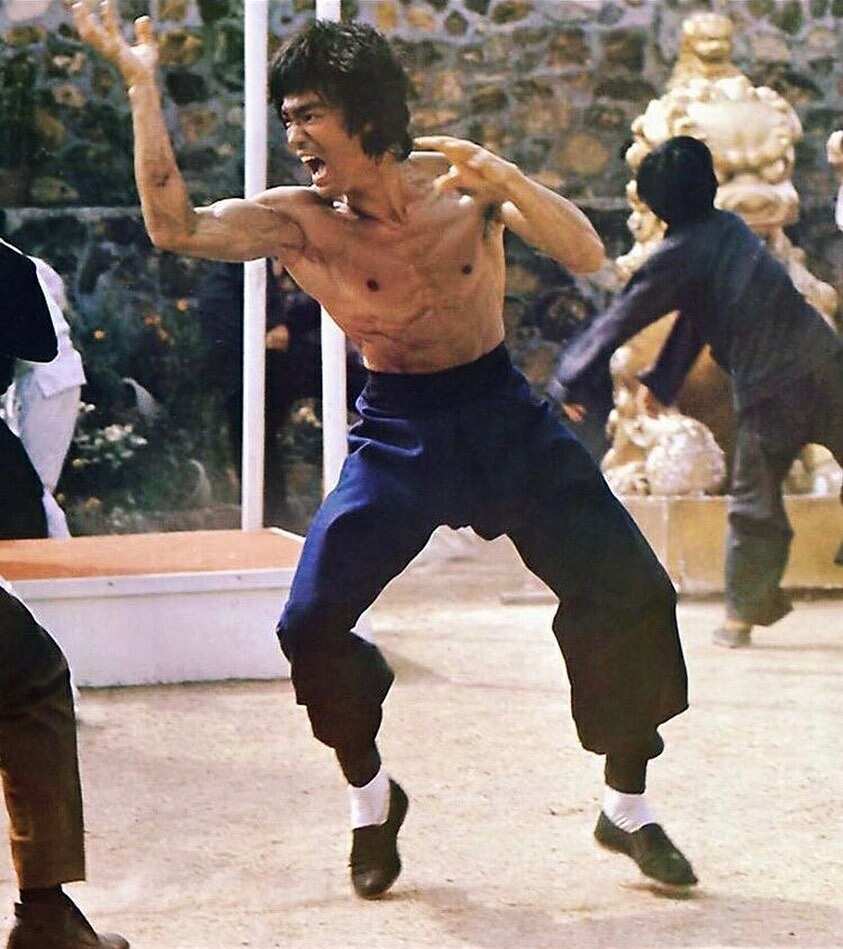
Image: instagram.com, @brucelee_theimmortaldragon
Source: UGC
Bruce Lee, whose real name is Lee Jun-Fan, was born on 27 November 1940 in San Francisco, California. He was son to Lee Hoi-Chuen and Grace Ho Oi-yee. His father was a Chinese opera star. During his birth, they had travelled to the United States. Three months after, they moved back to Hong Kong, where the boy grew up. Bruce was the fifth born among four siblings, Robert, Peter, Phoebe and Agnes Lee. Just like his father, Bruce loved acting and had appeared in 20 Chinese films as a child actor.
READ ALSO: Will Estes bio: age, height, net worth, spouse, family
Bruce Lee age
This legendary actor would be celebrating his 79th birthday in November 2019, were it not for the cruel death that snatched him at only 32 years of age.
Bruce Lee height
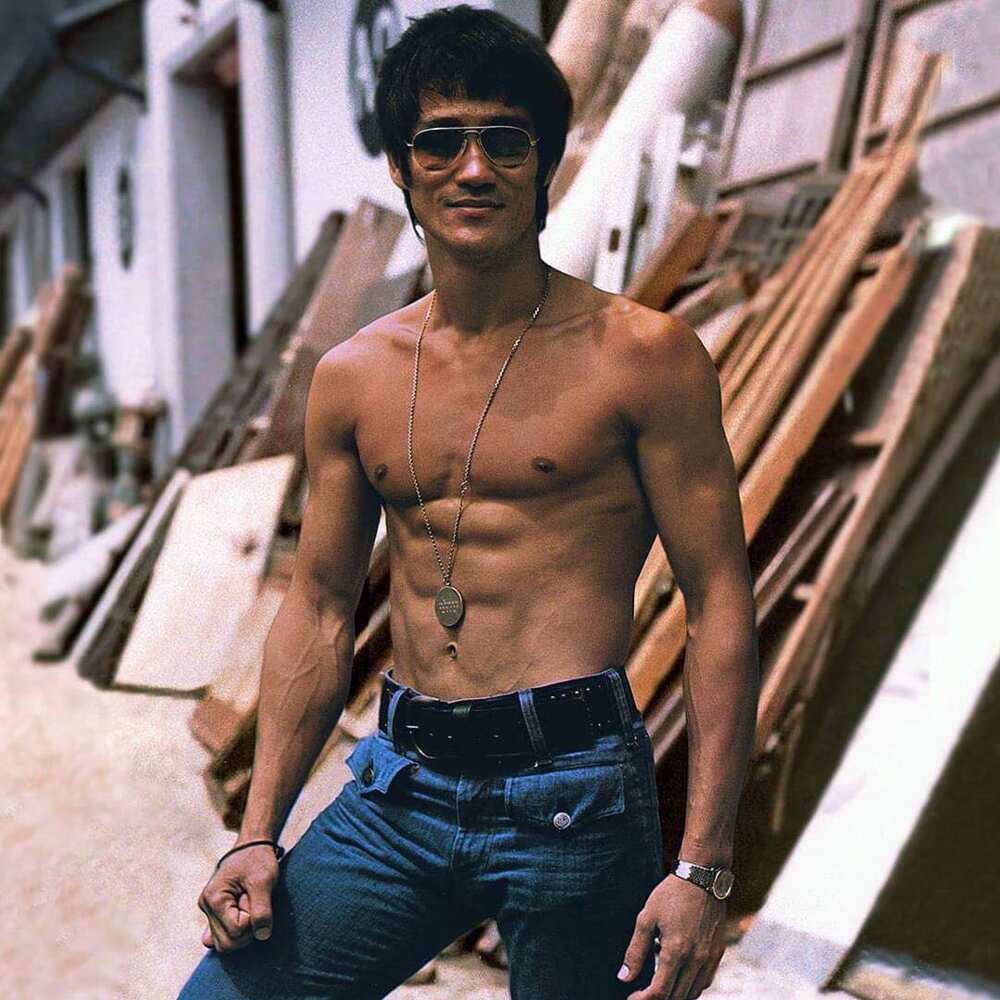
Image: instagram.com, @brucelee_theimmortaldragon
Source: UGC
He had a slender body that matched the height of 1.71m.
Jun-Fan education
During his early years, Bruce trained in dancing and acquired skills in the Kung Fu style (Wing Chun style of Kung Fu). At the age of 18, he returned to America, where he joined the University of Washington where he majored in philosophy. Besides philosophy, he took some classes on poetry, gymnastics, judo, and dancing. Jun-Fan had a specific interest in the western and Asian philosophy, which was the source for his poetic expression.
Jun-Fan wife
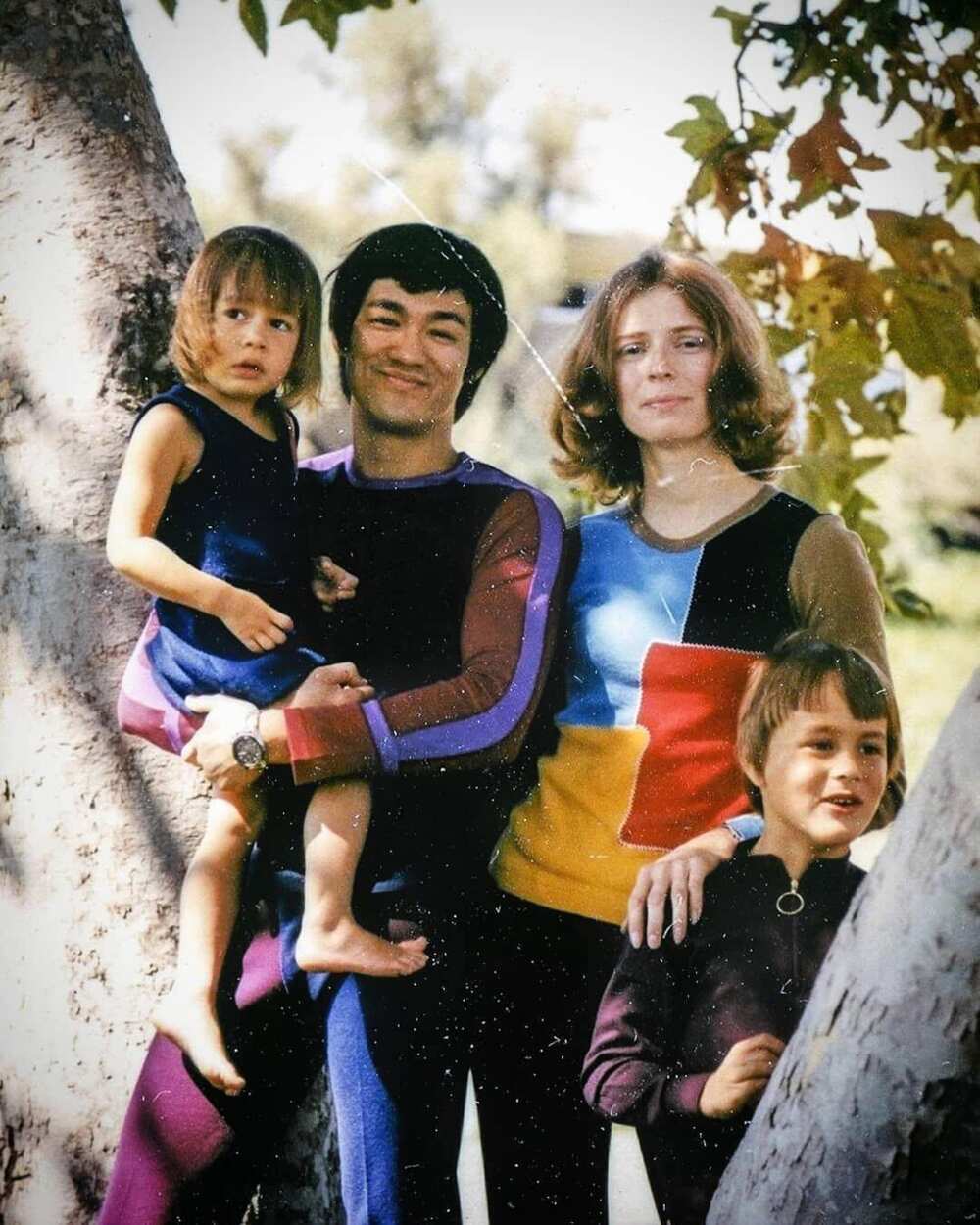
Image: instagram.com, @brucelee_theimmortaldragon
Source: UGC
Jun-Fan met Linda Lee Cadwell while teaching martial art in an art school in Seattle. Lee dated Linda for a while before marrying her in 1964. The couple lived a luxurious happy life, and there was no sign of divorce until his demise.
Bruce Lee children
The couple was blessed with two children: Bruce Lee son Brandon, who was born in 1965, and Bruce Lee daughter Shannon, who was born four years later.
Jun-Fan acting career
With the help of his father, Jun-Fan was able to venture into the film industry at a tender age. He featured in various movies as a child actor. The talented actor first appeared on camera when he was just three months old when he served as the stand-in for an American baby in Golden Gate Girl (1941). He later featured in different films such as Golden Gate Girl (1941), The Beginning of a Boy (1947), The Orphan (1960), The Green Hornet which was a TV series (1966-1967), The Big Boss aka Fists of Fury (1971), The Way of the Dragon (1972), and Enter the Dragon (1973) which was his first major project with Hollywood.
In 1971, he made his way back to Hong Kong, in search of greener pastures. For the short time he lived, Bruce was able to establish himself as one of the famous movie stars in Asia, and America as well.
READ ALSO: Tom Hanks bio: age, height, net worth, wife, children
Bruce Lee net worth
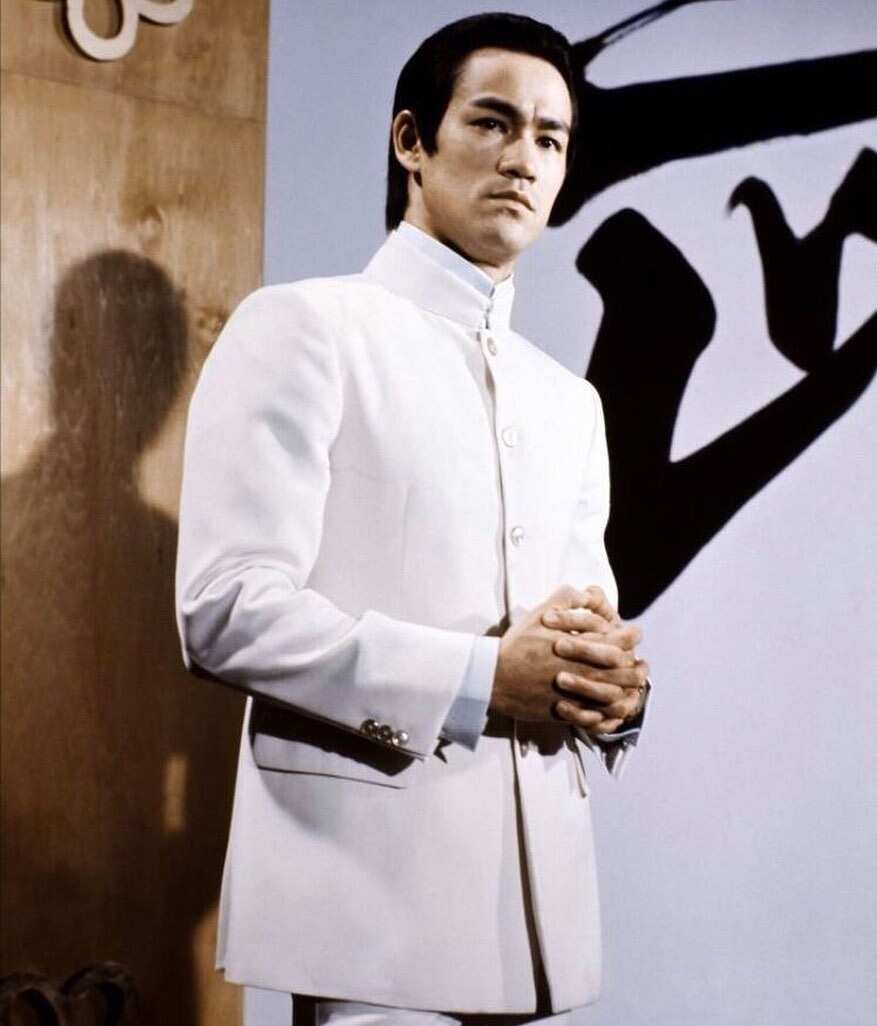
Image: instagram.com, @brucelee_theimmortaldragon
Source: UGC
Jun-Fan was among the most famous actors in Hong Kong by 1970s. He lived a luxurious life that proved that his acting career was fetching him a tremendous amount of money. Bruce drove fancy cars of different brands during his lifetime. He would pocket around $7500 from Tang Shan Da Xiong and Jing Wu Men and another $2000 which he charged per episode of Longstreet. In total, his net worth was estimated to be $10 million. If he were alive, this figure would even be much higher.
Jun-Fan Foundation
Bruce Lee Foundation is a non-profit making organization that encourages individuals to seek honest self-expression that is aligned with their mind, body, and spirit. To sustain the organization, they sell different items with Jun-Fan brand such as hoodies, books, artwork, collectables and many more.
The foundation features camp Bruce Lee, a program that provides a platform for kids to discover Jun-Fan's message on how to build confidence and unlimited potential. It also features the Little Dragon, a program that provides unprivileged kids with martial arts skills and training as well as confidence skills. The program gives those who have a strong desire to pursue martial arts but do not have the capacity, an opportunity to make their dreams come true.
READ ALSO: Taylor Swift bio: age, height, net worth, boyfriend
How did Bruce Lee die?
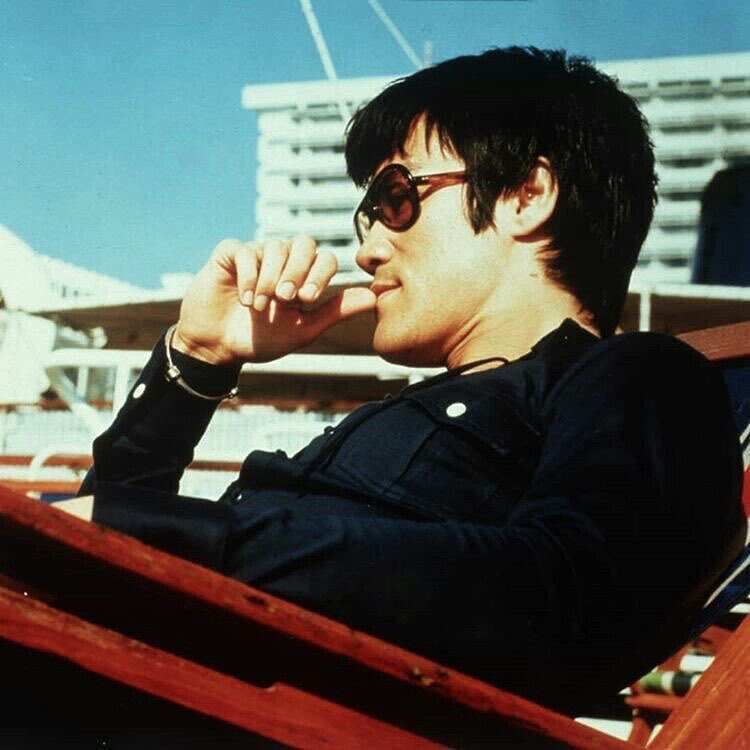
Image: instagram.com, @brucelee_theimmortaldragon
Source: UGC
Many of Bruce fans have been asking, what did Bruce Lee die from? The martial arts actor's life dimmed quite unpredictably. Jun-Fan died in Hong Kong on 20 July 1973 at an early age of 32 years. He was a healthy person before he died unexpectedly. Bruce Lee cause of death was a brain oedema, which resulted from an allergic reaction of a prescribed painkiller. Bruce Lee death resulted in numerous speculations. One of the claims was that he died from a family curse; others said that he had been murdered by gangsters, among others.
It was so sad that Jun-Fan was not able to witness the release of the Enter the Dragon movie, which established him to be the star that he was. His son also died at the age of 28 from an accidental shooting while filming The Craw movie on 31 March in 1991. Some people would term Jun-Fan son's death as the resurfacing of the family curse. Jun-Fan was buried at Seattle's Lake View Cemetery. His son was later buried next to him.
Bruce Lee may be among the many fallen heroes, but his legacy in the film industry will always be remembered. The documentary about the legend was released in 2009, showing how Bruce changed the world and individual's lives. The Hong Kong Heritage Museum, in 2013, honoured Jun-Fan with an art exhibition, in honour of his death. He is an inspiration to many martial arts actors like Jakie Chan and Michelle Yeoh.
READ ALSO: Harris Faulkner bio: age, husband, children, net worth
Source: Legit.ng
from Latest News in Nigeria & Breaking Naija News 24/7 | LEGIT.NG http://bit.ly/2WOhDbp
via EDUPEDIA24/7
Comments
Post a Comment